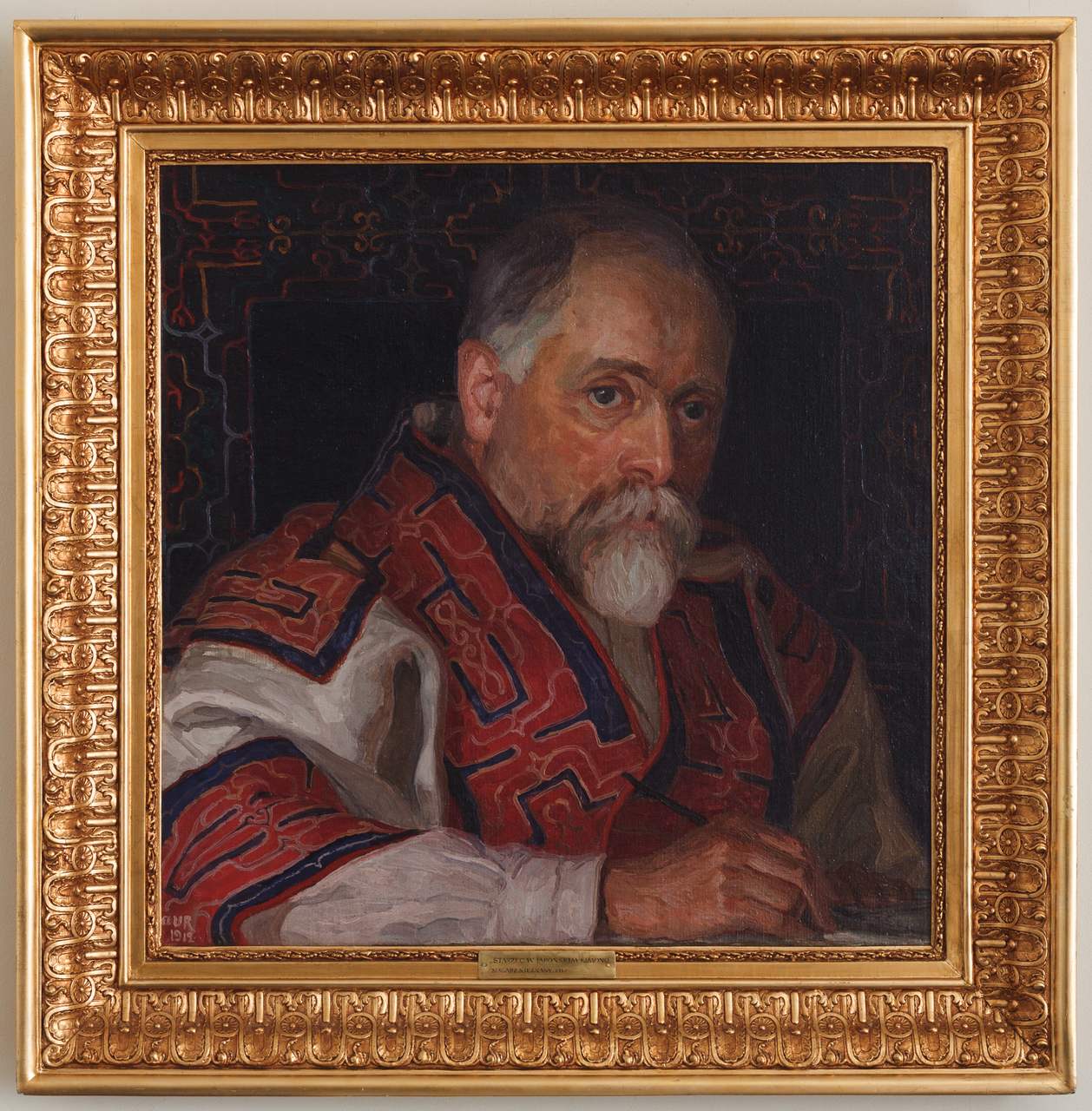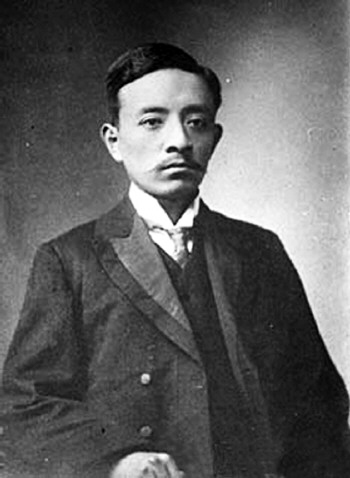
Big Politics
Longing for Lithuania
Activities
“A forge of noble ideas” – this is how Bronisław Piłsudski was described by his friends. The multiplicity of roles, played by the Polish émigré community in Switzerland, gave the ethnographer, shying away from politics, the opportunity to work in other fields. In addition to being associated with various forms of charity, he initiated new ideas of his own. If he did not have enough strength to implement them, he asked various people to do so.
And so he joined the actions to help children in Galicia who suffered hunger and were afflicted by various diseases due to the ongoing war. He set up the Relief Committee for Poles Working in Science to raise funds for Polish scientists who were in poverty as a result of the war. Much of his time was consumed by his work with the Relief Committee for the Victims of War in Poland, established by Henryk Sienkiewicz, also known as the Vaveys Committee, whose activities were supported by Pope Benedict XV. Nearly twenty million Swiss francs were raised at that time. In addition, he established a “tighter committee in support of Lithuania,” which collected money for Lithuanian Poles – but with less success.
The committee formed in Switzerland was to formulate options for resolving the Lithuanian-Polish issue after the war. It included both Poles coming from Lithuania and Lithuanians. Bronisław saw clearly that when the issues of Poland’s future and its independence were being decided, it was important to look through the lens of the country’s future territory and a union with Lithuania. It should be noted that from the Polish point of view, he had an accurate and logical understanding of the Lithuanian-Polish issue. However, Lithuanian nationalists did not want to see this concern. The future brought a lot of disagreements between the two countries.
Bronisław Piłsudski’s way of thinking about Polish-Lithuanian issues went back to the days of the Polish-Lithuanian Commonwealth. The traces of the work he carried out in this regard are a testimony to the postulated union between Poland and Lithuania after the end of the war, the form of which he did not explicitly formulate. It was certainly to be a friendly union, based on historical and cultural traditions. Born and raised in Lithuania, this idealist longed for Lithuania and expected to return to his native land after the end of the war.
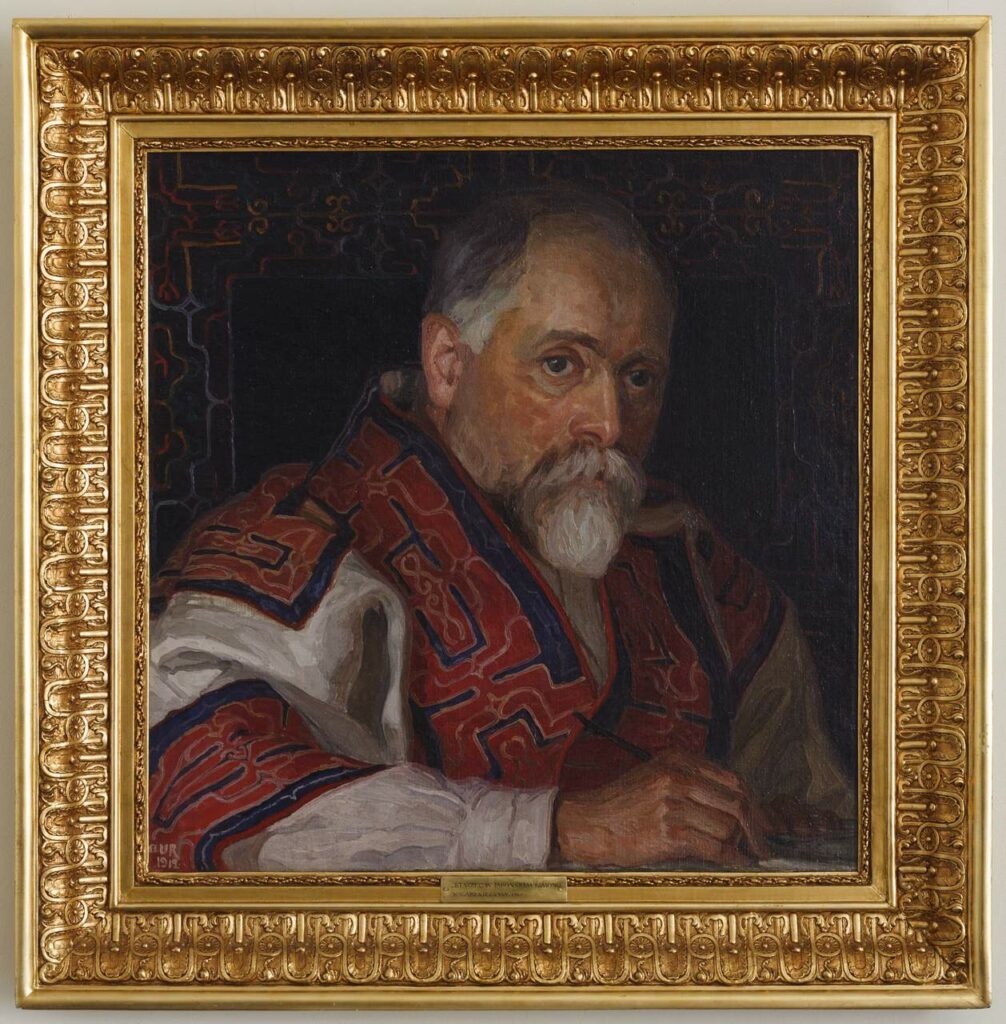
Photo by Zygmunt Fit, from the collection of the Józef Piłsudski Family Foundation
The painting was created in 1912 at Stefan Żeromski’s house.
He dreamed of a consensus across all divides and cherished the image of the country of his youth. He gave emotional expression to this in his essay “Les Croix Lithuaniennes,” published in French in 1916, which did not appear in print in Polish until six years later, after his death. With this brochure, he introduced, among other things, the knowledge of the number of crosses in Lithuania, especially in Samogitia, citing the “Characteristics of Samogitia” by Father Ludwik Adam Jucewicz in 1840. He noted the Polish origin of Christ’s face, which was called “Smutkelis” or “Sorrowful Christ.” Following another source – the work by Michał Brenstein – he cited a division of Samogitian crosses into five distinct types. He drew attention to their noble and refined ornamentation and the celebration of the ordination of those newly erected. After the January Uprising, a decree by Muravyov forbade the erection of new shrines and the repair of dilapidated ones. Piłsudski described examples of sabotage. He expressed the hope that after “the final removal of this cross of God, which for many years Poland carried along with its sister Lithuania,” it would be possible to erect “large beautiful and decorative crosses” again.
The work in its entirety in Polish can be found here:
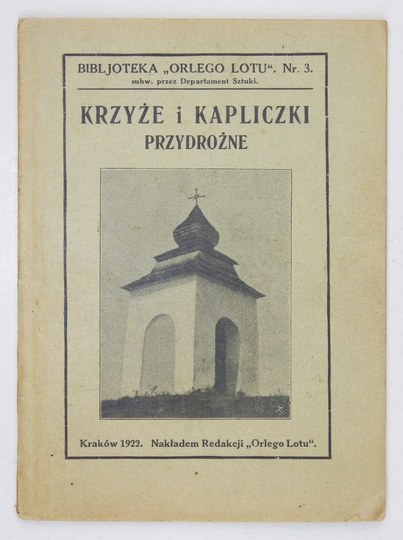
It is worth mentioning that in 2001, the Lithuanian art of carving crosses was among the nineteen phenomena recognized as Masterpieces of the Oral and Intangible Heritage of Humanity; seven years later it was included in the Representative List of the Intangible Cultural Heritage of Humanity.
In a letter to Juliusz Zborowski, Józef Komenda wrote about Piłsudski, “He loved his Lithuania more than anything else, and wanted to renew the union through the spirit of Polish sacrifice. So he established a closer committee for the assistance for Lithuania, in addition to the Sienkiewicz’s Relief Committee for the Victims of War. He enlisted in this work also Lithuania’s fans from Freiburg, whose respect he enjoyed. He sought reconciliation in this field. This committee existed for some time, chaired by the late Bronisław P., and collected money. But then, as the chairman withdrew to perform other work, the committee was taken over by Lithuania’s fans and eventually withered away.”
Based on:
Jerzy Chociłowski, Bronisław Piłsudski’s Duel with Fate, Warsaw 2018.
Antoni Kuczyński, “Bronisław Piłsudski (1866-1918), an Exile and Researcher of the Culture of the Peoples of the Far East,” “Niepodległość i Pamięć”, 22/2 (50), 7-93, 2015
Bronisław Pasierb, “Bronisław Piłsudski (1866-1918) – an Encounter with Great Politics,” “Polityka i Społeczeństwo”, 8/2011
Kazuhiko Sawada, A Story of Bronisław Piłsudski. A Pole Named King of the Ainu People, Sulejówek 2021.
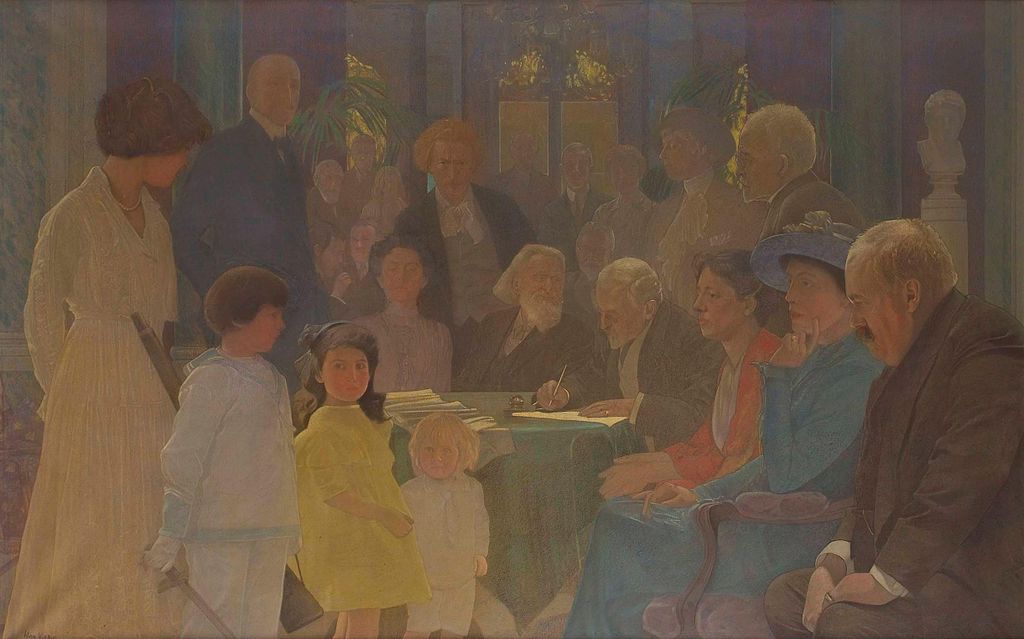
In fact, a meeting of this exact group of people never took place.

